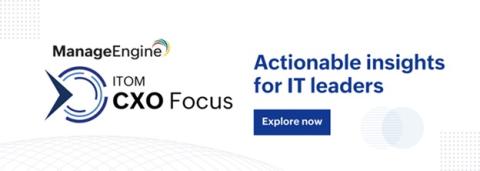How to use APM data to improve your CI/CD pipeline performance
Agile production has become the norm for software development cycles. The backbone for such a fast-paced landscape is the continuous integration and continuous delivery (CI/CD) pipeline. But merely depending on the CI/CD pipeline isn’t enough, even though the automated workflows give you a competitive edge. The pipeline needs to be optimized to function at its best. This is where monitoring your applications within the pipeline can be a game-changer.











